Silent House
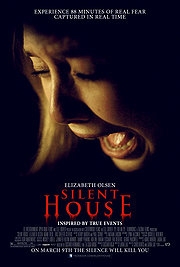
Oh, how times have changed. There was an age when the promise of a new Olsen sister movie was not a prospect to be hotly anticipated, but something to be ignored, avoided and swept under the first rug that came to hand. Do you remember Beastly? Of course you don’t. With Mary-Kate and Ashley “quitting” Hollywood in order to focus on a career in fashion (as mannequins, persumably), younger sibling Elizabeth has since taken the acting world by storm, dazzling critics with her arresting screen presence and distinguished acting ability. Clearly she’s adopted.
Returning to her childhood home, a mould-ridden lakehouse being renovated by her father and uncle for re-sale, Sarah (Olsen) begins packing away her belongings before taking a small break in order to walk off a headache. Upon her return she meets a young girl, Sophia (Julia Taylor Ross), who claims to have once been her best friend and insists that they make plans for later while Sarah tries desperately to place her. Shortly after the girl has left, and Sarah’s Uncle Peter (Sheffer Stevens) has departed for town following a small row with her father (Trese), Sarah hears a noise in the empty upper floors and follows her dad upstairs to investigate. Although at first they find nothing, a further noise and the mysterious disappearance of her father leads Sarah to believe that she is not alone in the house.
Any worries that Olsen’s achievements in Martha Marcy May Marlene might be somehow diminished by her appearance in a silly horror movie are unfounded. After all, this isn’t exactly your typical Saturday night slasher; like the 2010 Uruguayan original, Silent House purports not only to tell a movie based on true events, but to do so in real time. Present for just about every frame of the movie, Olsen astounds in the undervalued role of scream queen, transitioning seamlessly from girl-next-door to girl cowering desperately behind door. Even in the final act, when the film’s fidelity to the original begins to unravel, Olsen is still utterly compelling, holding everything together until the lights go out and the questions force their way in.

The film’s biggest asset, however, is Chris Kentis and Laura Lau’s sterling direction, something that certainly couldn’t be said of their last effort, 2003’s Open Water. While in reality the film is comprised of a series of 10 minute takes cut together so as to give the impression of one unbroken camera movement, the results are nevertheless impressive, demonstrating a technical and logistic precision that elevates the movie beyond even the unusually high parameters set by its central performance. Without the relief that editing usually provides, the film ramps up the tension to new and horrifying heights. From the unease generated by an early interaction with an apparently forgotten childhood friend to a heart-stopping few moments lit only by the flash of a polaroid camera, the film is a fever-dream of ever-mounting tension.
Unfortunately, an unnecessary final twist goes some way towards undermining everything that came before. While not necessarily problematic in and of itself, and although not particularly badly acted, the conclusion feels unearned and doesn’t quite add up. As with the original, it takes the unforeseen path, stopping short of both its intruder and haunting aspirations. This would have been less of an issue if it hadn’t been for the central conceit itself. This is a movie that leaves little room for misinterpretation; with the audience having been privy to every single beat of action, the surprise ending feels like even more of a cop-out contrivance.

Two thirds of a great movie, then, Silent House ultimately leaves you feeling cheated and dissatisfied. Though its novel (though now unoriginal) set-up and powerhouse of a central performance will leave you haemorrhaging popcorn at a truly alarming rate, the controversial ending will most likely leave you angrier than it does scared.


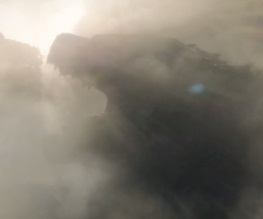
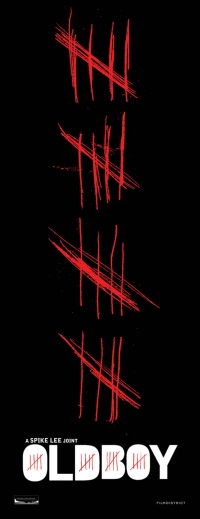
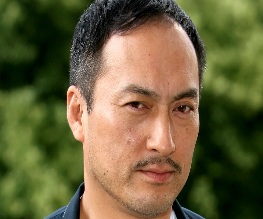
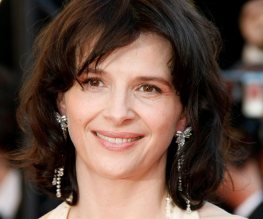
Recent Comments